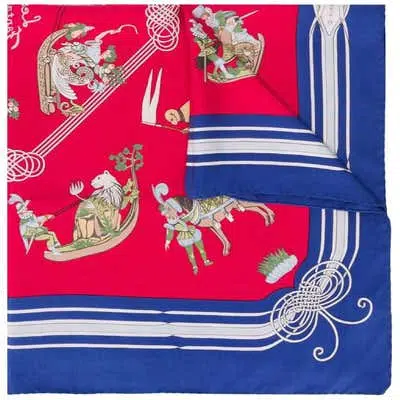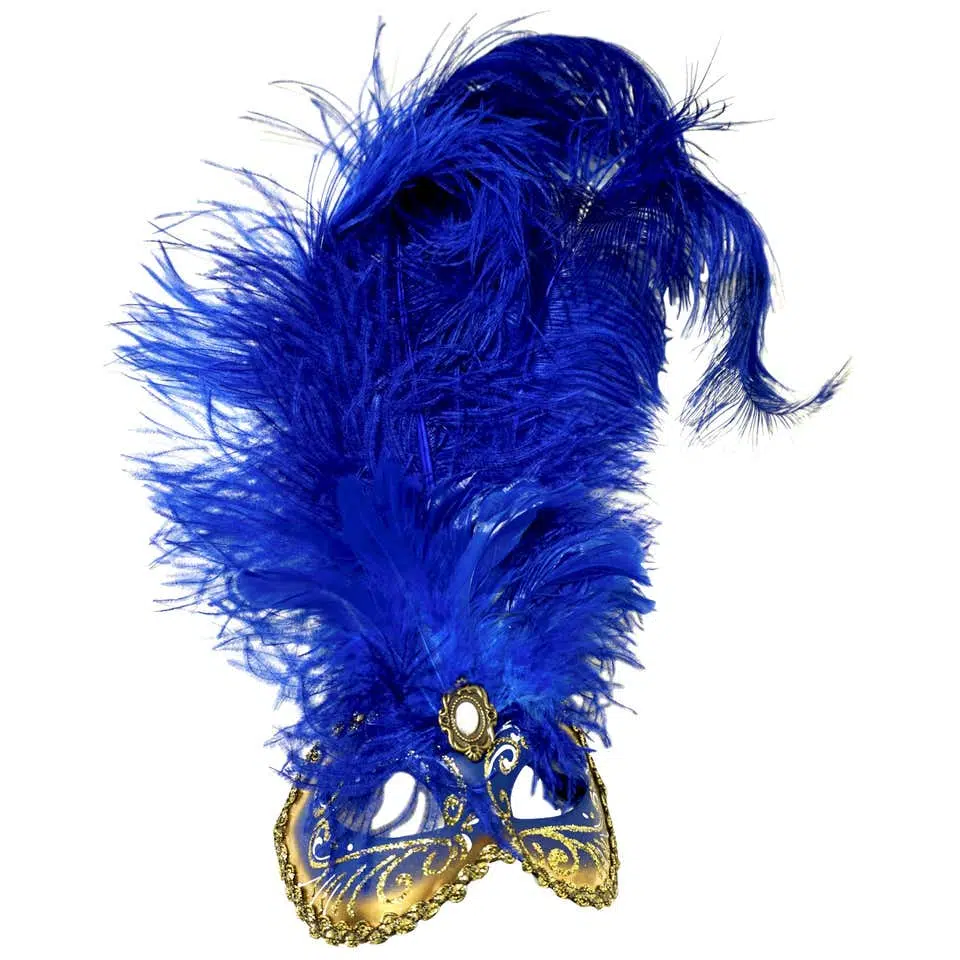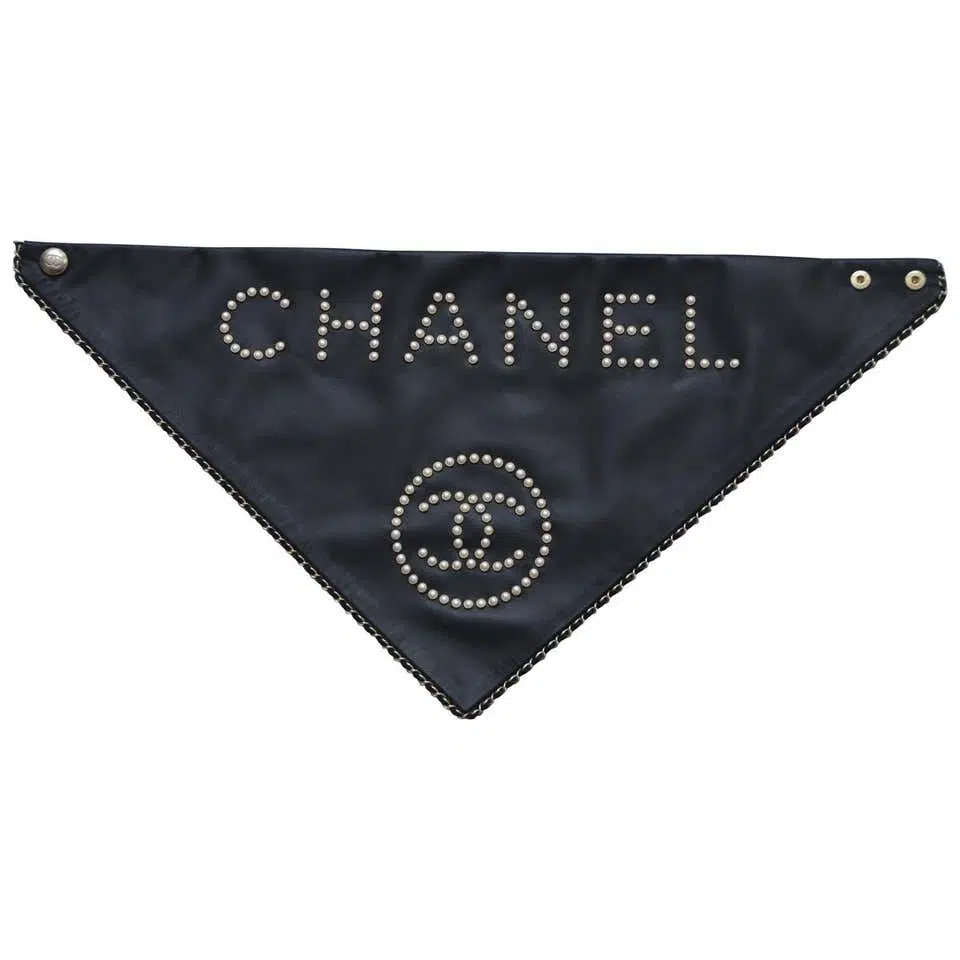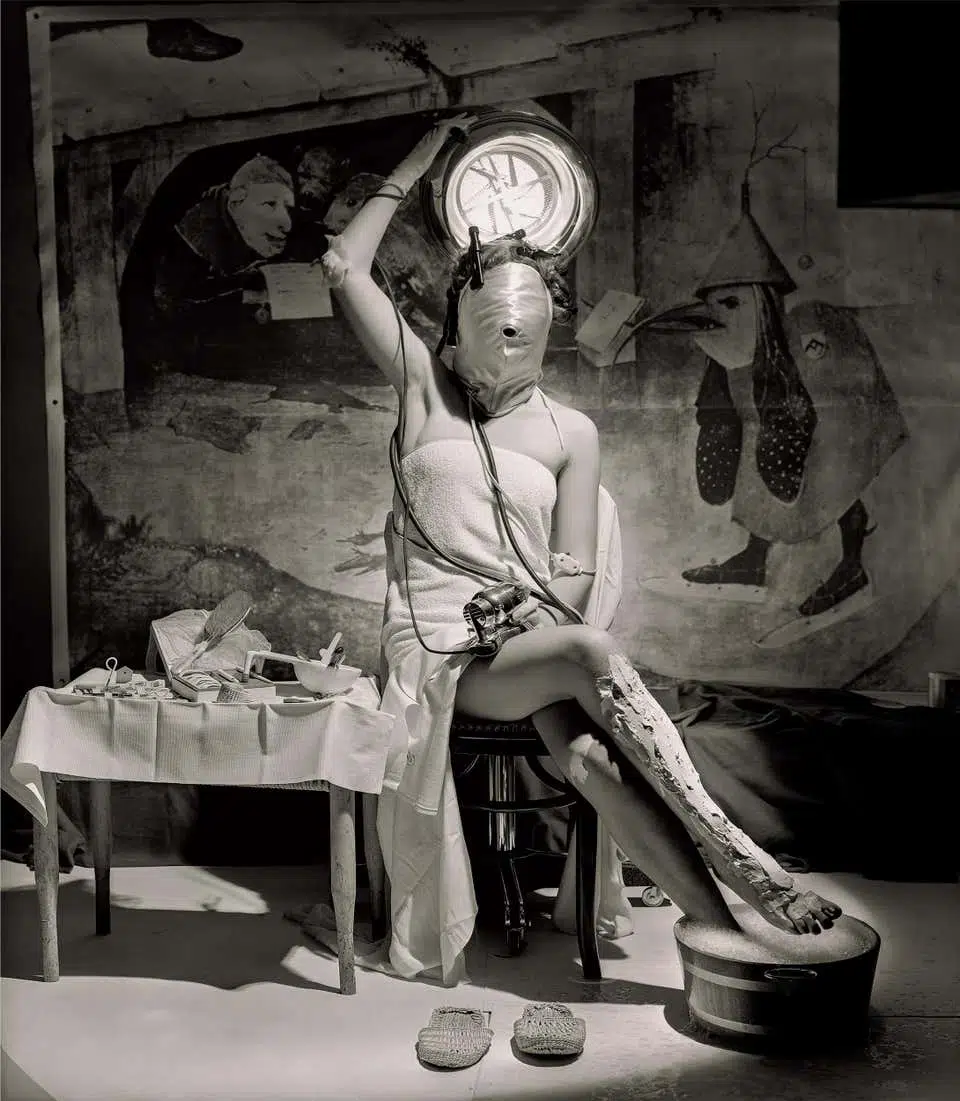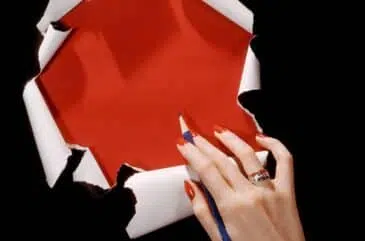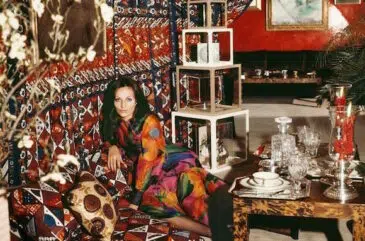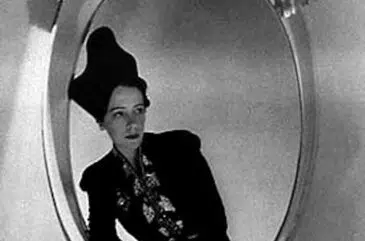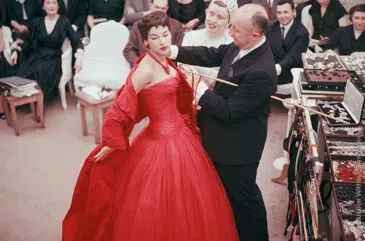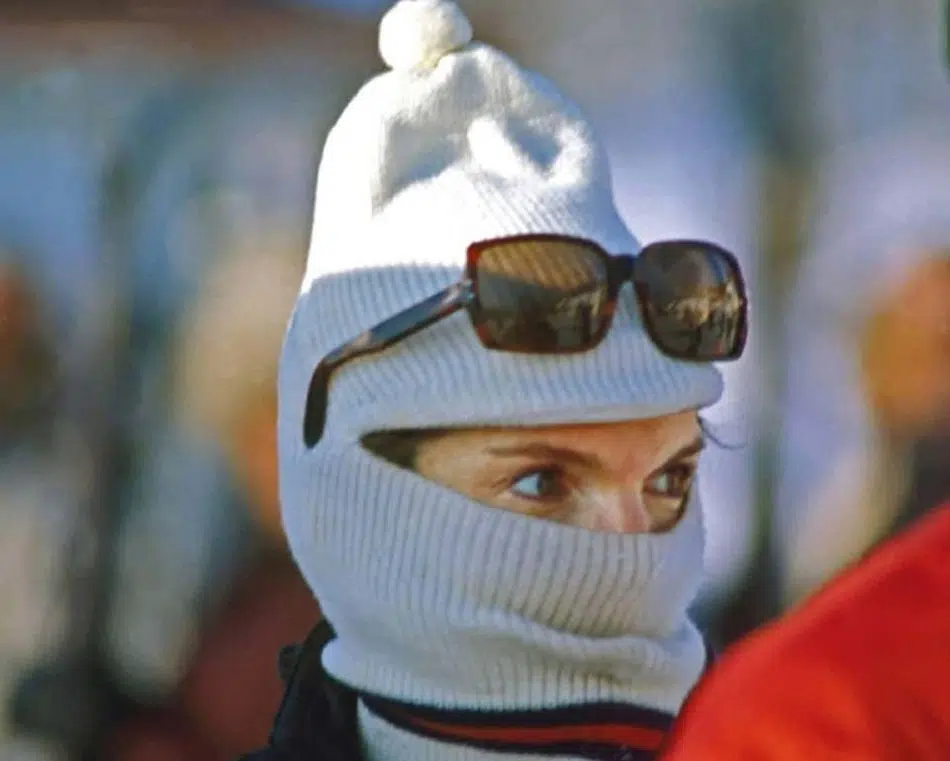
Face coverings may be new for most 21st-century Westerners, but they have a long history in fashion. Through the ages, they have taken a number of forms, including veils, masks, scarves and bandanas.
We have enlisted these accessories for protection, to signal modesty, facilitate flirtation, enable licentiousness or simply to look cool. And the covered face shows up often in fashion photography and art.
Veils
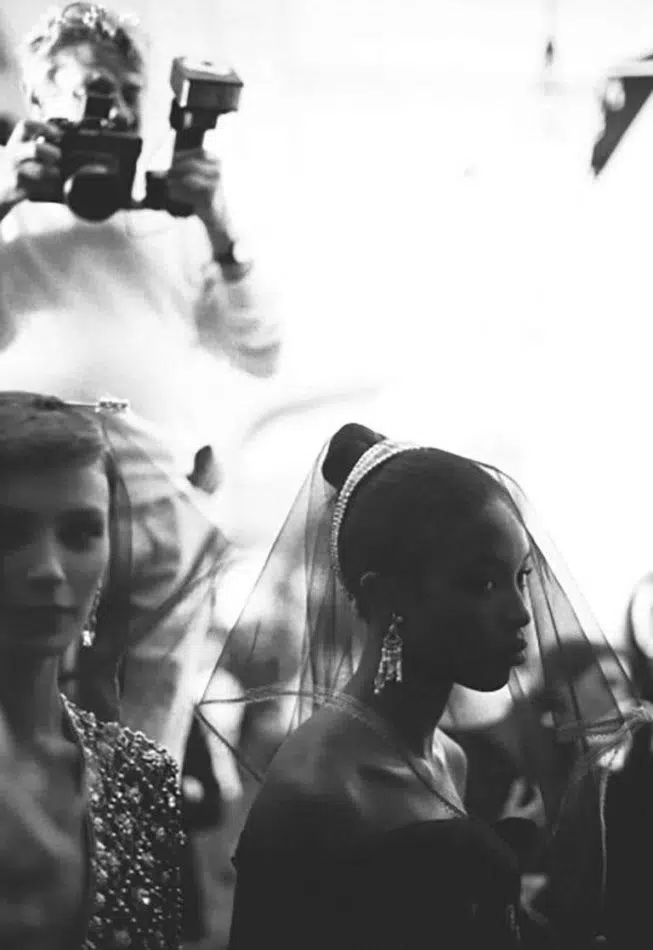
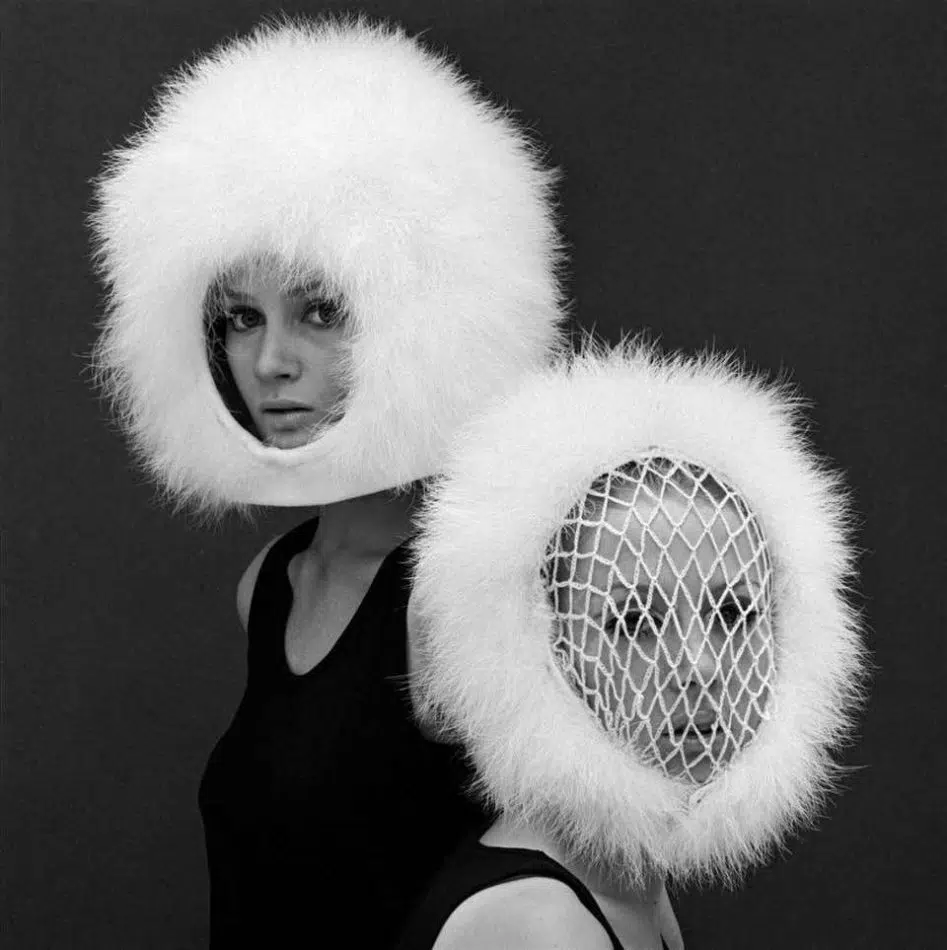
Veils have been used all over the world to cover some combination of the face, head, neck, shoulders and hair. In many cultures, it is women who wear them, but in certain societies, such as the Tuareg of northern Africa, men do.
Some veils have religious significance and are associated with propriety and modesty; others serve as protection against the elements or to shield the wearer from dust. And some draw attention to the face by partially concealing it.
In the U.S., hats with veils were fashionable in both the 1890s and the 1930s. Today, they still appear as glamorous accessories, particularly in celebrity portraits and on fashion runways.
Vogue
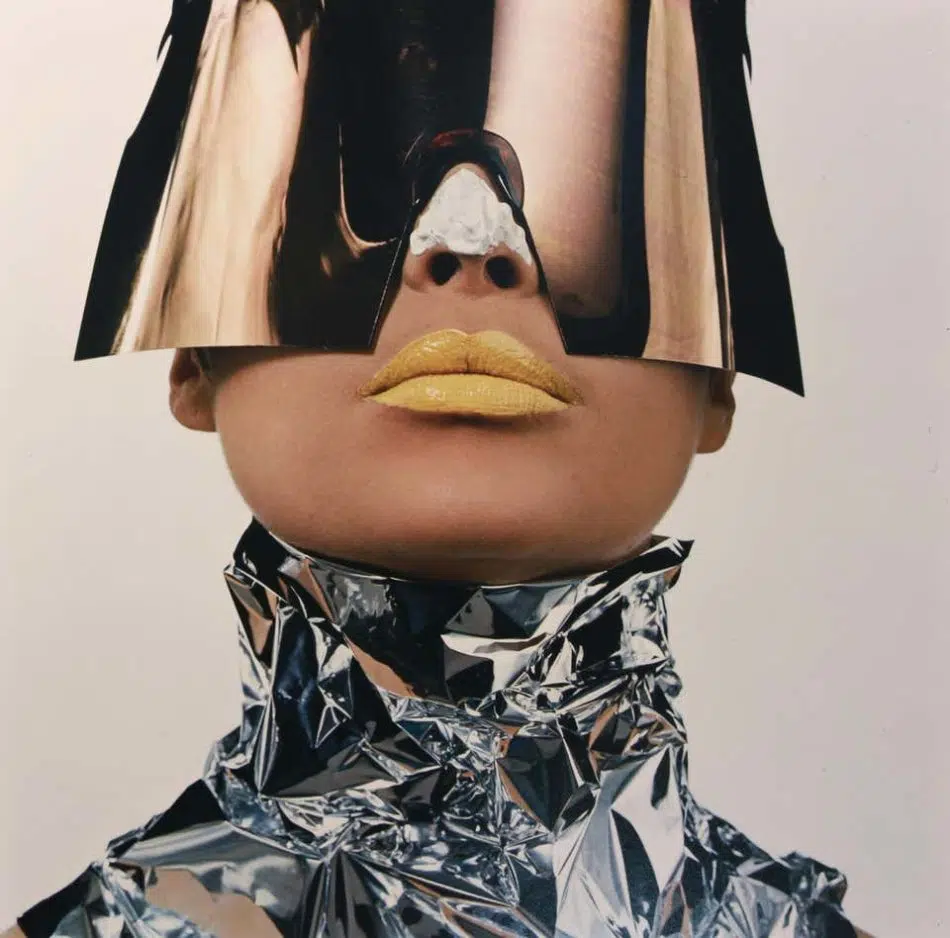
Diana Vreeland, the editor-in-chief of Vogue from 1963 until 1971, loved the look of a covered face. And she was fascinated by veils, featuring them in the pages of the magazine and, after she became a special consultant to the Costume Institute of the Metropolitan Museum in New York City, draping them over the heads of mannequins in exhibitions.
At Vogue, Vreeland collaborated with several iconic photographers. Irving Penn, for example, shot the image of a partially obscured face above to accompany a 1966 article titled “Beauty and Science Fiction Fact.”
Another Vreeland collaborator, the German-born photographer Horst P. Horst is probably best known for his (unveiled) portrait of Marlene Dietrich and the fashion classic Mainbocher Corset (1939). Before working for Vogue, however, Horst, who had ties to the Surrealist art movement, shot Electric Beauty (1939) in Paris with the masked model Blanche Grady.
Erwin Blumenfeld, also a German-born fashion photographer with a Surrealist bent, shot for Harper’s Bazaar and Life and for both the French and American versions of Vogue. In his Fashion Montage, New York (ca. 1950), the face of the shopper is not merely masked but missing (along with her head) — couture connoisseur or fashion victim?
Masks
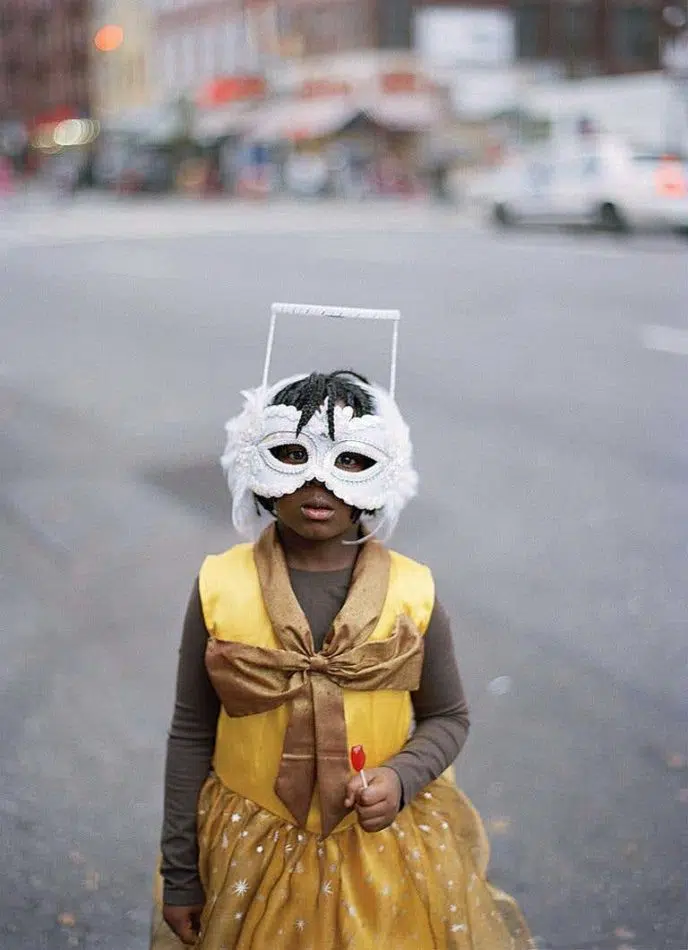
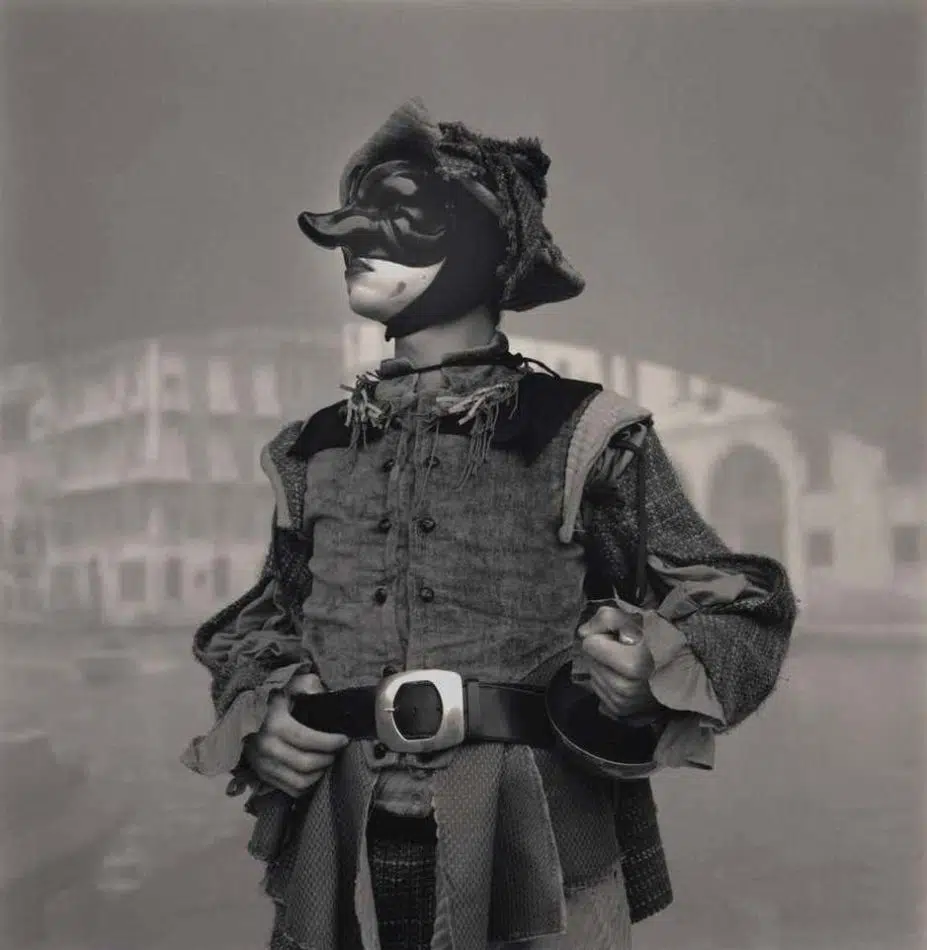
Masquerade balls, dances featuring masked guests, originated in Venice during the 14th century as a way of celebrating carnival, the festival before Lent. They spread throughout Europe, arriving on the British Isles in the 18th century.
By wearing masks, partygoers could conceal their identities and thus freely engage in taboo activities, like gambling and sexual liaisons. Masked balls, which drew people from all classes and walks of life, became the height of fashion, hotbeds of scandal and, sometimes, as in the case of Gustav III of Sweden, who was assassinated at one, settings for intrigue and violence.
Traditional Venetian masks represent Commedia dell’arte characters, including Harlequin, Pantalone, Capitano and Colombina, who wears a half mask, or domino, so as not to totally obscure her pretty face.
The domino — also sported by Zorro; the Lone Ranger; and Robin, Boy Wonder, of Batman fame — has become a standard part of costume attire.
Scarves
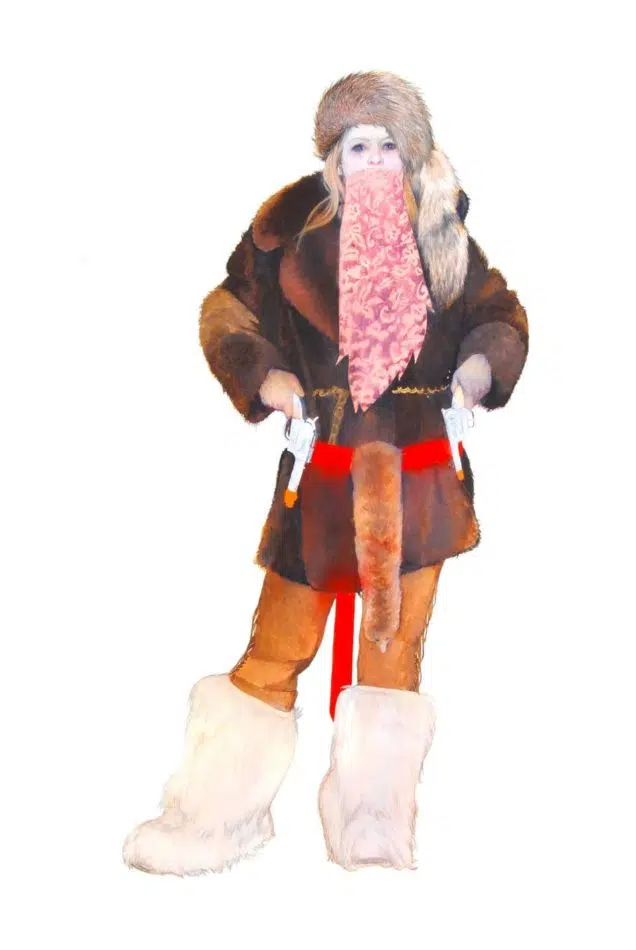
There are many types of scarves, from an Afghan shemagh to an Yves Saint Laurent foulard. There are also many ways to wear them: around the neck, on the head — and (a traditional styling for a shemagh) over the face.
If you want your face covering to complement your outfit, emulate the 1970s style of assembling ensembles that include matching headscarves. Layer a foulard over your medical mask for a chic pulled-together pandemic look.
Bandannas
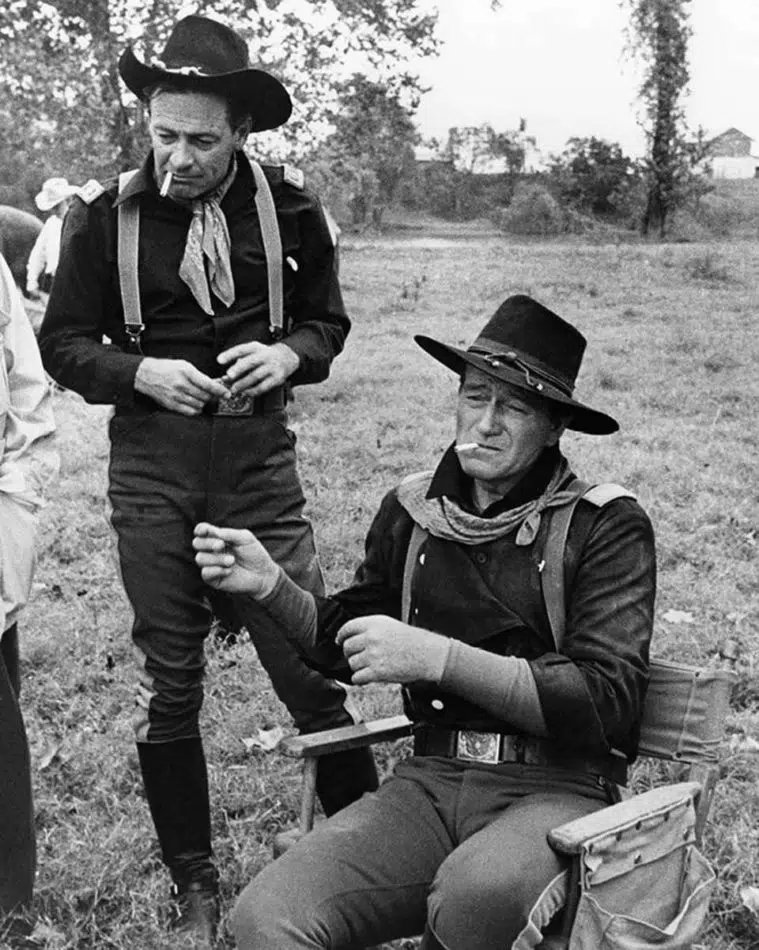
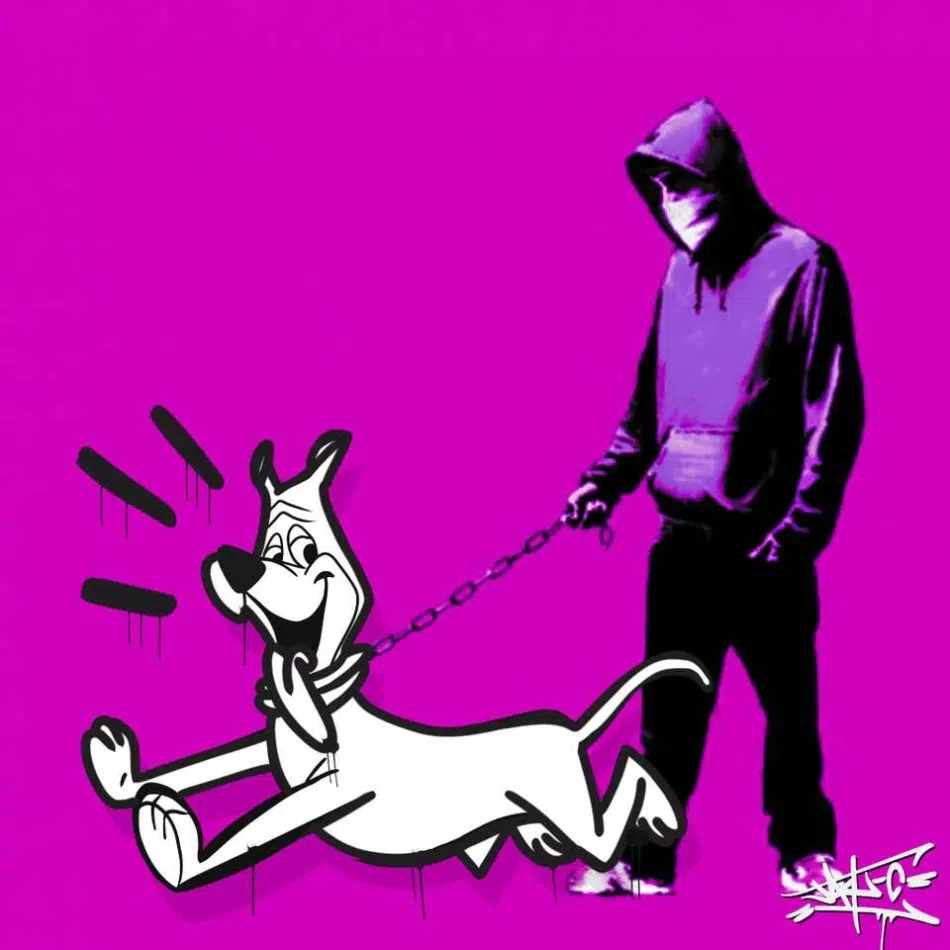
The bandanna has long been associated with cowboys, bank robbers, pirates and railroad workers. This versatile accessory gets its name from the Hindi word for the tie-dyeing process originally used to create the cloth’s white spots.
Bandannas have often been worn around the neck to protect it from sunburn. From there, they can also easily be raised to screen out dust, smoke and train-engine soot from eyes, nose and mouth. Or to conceal outlaws’ identity on land or sea.
